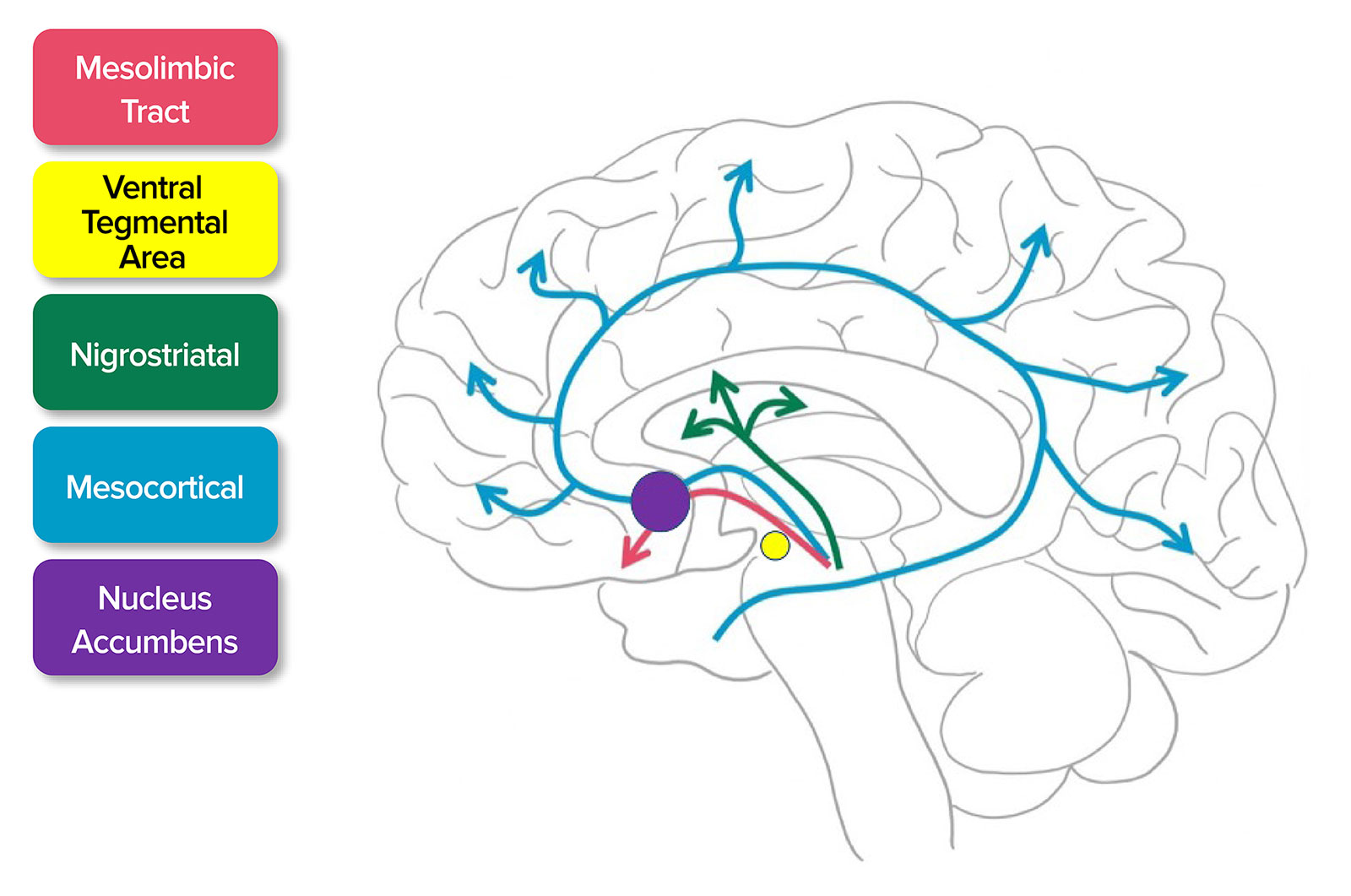Neural Processes Discovered for the Return of Consciousness after Anesthesia

April 13, 2023 feature
This article has gone through Science X's rigorous editorial process and policies, which include fact-checking, peer-review publication, and utilizing trusted sources. The content has been proofread and written by Ingrid Fadelli of Medical Xpress.
Before any invasive medical procedure, patients typically receive anesthesia to alleviate pain. Patients receive a class of drugs called anesthetics, which can cause them to lose feeling in specific areas of the body or fully lose awareness during the procedure. This can be administered via injection, inhalation, lotions, and other methods.
Previously, general anesthesia was considered a passive process that could not be influenced or interrupted once anesthetic drugs were administered. However, recent studies showed that it is, in fact, an active brain process that can be experimentally controlled and acted upon.
A research team at the Southern University of Science and Technology in China conducted a study investigating the processes underlying brain states under general anesthesia and the subsequent re-emergence of awareness. Their findings, published in Nature Neuroscience, highlight possible strategies for anesthesiologists to extend and deepen or shorten the periods of anesthesia.
"We show in mice that, when the brain is forced into a minimum responsive state by diverse anesthetics, a rapid downregulation of K+/Cl− cotransporter 2 (KCC2) in the ventral posteromedial nucleus (VPM) serves as a common mechanism by which the brain regains consciousness," wrote Jiang-Jian Hu, Yuexin Liu, and their colleagues in their paper.
The researchers carried out a series of experiments on adult mice to examine the neural processes linked to the re-emergence of consciousness after anesthesia. They gave the mice one of three different anesthetic drugs and then observed the molecular mechanisms that emerged while the mice regained awareness.
Their experiments identified a new neuronal and molecular mechanism through which the brain regains consciousness after general anesthesia. They also discovered that the ventral posteromedial nucleus (VPN), part of the thalamus, is a key brain region associated with the re-emergence of consciousness.
"Ubiquitin-proteasomal degradation is responsible for KCC2 downregulation, which is driven by ubiquitin ligase Fbxl4," explained Hu, Liu, and their colleagues in their paper. "Phosphorylation of KCC2 at Thr1007 promotes the interaction between KCC2 and Fbxl4. KCC2 downregulation leads to γ-aminobutyric acid type A receptor-mediated disinhibition, enabling accelerated recovery of VPM neuron excitability and emergence of consciousness from anesthetic inhibition.
This pathway to recovery is an active process and occurs independent from anesthetic choice."
Overall, the researchers found that the degradation of KCC2 transporter neurons located in the VPM, through the means of ubiquitin, a compound in living cells that contributes to the degradation of superfluous or faulty proteins in the brain, is a key step in the mice's emergence of consciousness after general anesthesia. This finding could potentially inform the development of strategies to wake patients who are in a vegetative or minimally conscious state, a long-standing medical challenge.




